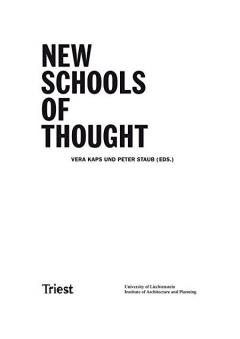Since the late 20th century, political regulations, internationalisation, and rapid digitalisation are only a few factors that have significantly transformed the environments within which European institutions of architectural education operate. In adapting and adhering to such changes, schools of architecture strive to develop innovative, didactic, programmatic, or spatial models that are distinguishable. Through eighteen case studies, four of which are presented in detail, this book highlights tendencies in architectural education beyond academia, illustrating the interdependence between the educational model and its spatial disposition, and revealing potential new schools of thought.
,Since the late 20th century, architectural training and education in Europe has changed significantly due to factors such as political regulations, increasing internationalisation, social and climatic transformation processes, and last but not least, rapid digitalisation. Today, schools of architecture are concentrating more on how to gain a better strategic position in that environment, i.e. through content, methods of knowledge creation and communication as well as by restructuring their organisations. Nowadays, they are not the only places where architectural questions and positions are negotiated. In recent years, several new educational facilities that generate and reflect knowledge have emerged which represent that new type of school of thought.
Besides degree programmes, those facilities also offer preparatory training for children and young people as well as research and public communication as extended areas of architectural education.
This book takes a look at the conditions which have shaped these “schools of thought”. Resultant findings are tested based on an in-depth investigation of four of those “schools”: the Innsbruck “bilding” School of Art and Architecture for children and young people initiated by aut (architektur und tirol), the recently established Lyon Confluence Institute for Innovation and Creative Strategy in Architecture, Aedes Network Campus in Berlin and the European Research Program InnoChain.

